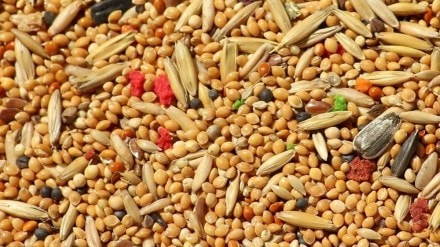To boost millet production and consumption, the Union government has adopted a multi-pronged strategy in collaboration with state governments as well as private sector through use of quality seeds, product development and stepping up procurement of nutri-cereals.
Indian Institute of Millets Research (IIMR), which will be developed as ‘centre for excellence’ as announced by finance minister Nirmala Sitharaman in the budget, is currently working with state specific millet missions – Odisha, Karnataka, Tamil Nadu, Telangana and Chhattisgarh – with a focus on production, processing, consumption, marketing and inclusion of millets in government schemes.
“We want to make millets more remunerative for farmers through processing, development of value-added products in collaboration with several state governments as well corporate sectors,” CV Ratnavathi, director, IIMR, a Hyderabad-based institution affiliated to Indian Council for Agricultural Research, told FE.
Also read: Owning Their Financial Future is a Priority for the Next Gen of Investors
The institute has memorandums of understanding (MoUs) with corporates including Britannia, Hindustan Unilever and Tata Soulfull for providing technical knowledge on making ready to eat foods. It also provides seeds for various millet varieties – pearl millet (bajra), sorghum (jowar), finger millets (ragi) and small millets – for multiplication by the farmers.
Currently, over 500 startups are associated with developing the value chain while the IIMR has incubated 250 startups under the Rashtriya Krishi Vikas Yojana – remunerative approaches for agriculture and allied sectors rejuvenation (RKVY-RAFTAAR), a flagship scheme of agriculture ministry.
The country’s millet production is estimated at 20.5 million tonne (mt) in 2022-23 crop year (July-June), according to a recent statement by the department of consumer affairs, food and public distribution in the parliament.
The production of millets was 13.71 mt in 2018-19 crop year. Pearl millet, sorghum, finger millets and small millets have shares of 60%, 27%, 11% and 2% respectively in total production.
For increasing production of nutri-cereals under the National Food Security Mission-nutri cereals is being implemented in 212 districts in fourteen states. Gujarat, Karnataka, Madhya Pradesh, Maharashtra, Rajasthan, Tamil Nadu and Uttar Pradesh are the key major growers of millets.
Meanwhile, to incentivise the farming and distribution of coarse grains under the public distribution system, the Centre aims to procure one mt of nutri-cereals across nine states from farmers in the current kharif season (October-September). The government aims at increasing procurement of coarse grains under MSP operations to 4–5 mt in the next couple of years.
From total exports of $64 million in 2021-22, shipment of nutri-cereals could cross $100 million by 2023-24, as per official assessment.
Also read: Ghost of the 2008 global financial crisis and Covid-19 make Indian realty attractive again
India is one of the leading producers of millets in the world with an estimated share of 41% in the global production.
In April 2018, millets were rebranded as ‘nutri cereals’ and the government declared it the national year of millets with the objective of more production and consumption. The United Nation General Assembly is celebrating 2023 as the International Year of Millet.
Millets are primarily grown during the kharif season in rainfed areas as these crops need less water and agricultural inputs as compared tos rice and wheat.
